#Santa Rosa Island
Photo

White sand beaches greet travelers who make the three-hour boat trip to Santa Rosa Island, one of the five isles composing California’s Channel Islands National Park.
PHOTOGRAPH BY ALEX KROWIAK
#alex krowiak#photographer#national geographic#white sand beaches#santa rosa island#california#channel islands national park#landscape#nature
10 notes
·
View notes
Text
Lindblad Expeditions - National Geographic Enhanced Journeys
Lindblad Expeditions-National Geographic is a global leader in modern expedition travel. The ships cruise to the world’s wildest and most remote places. A series of new and noteworthy enhancements have been added to the brand’s itinerary in 2024 and 2025. Expedition ships will visit and discover the Pacific Northwest to the Mediterranean.
Lindblad National Geographic Cruise- Photo Jill…

View On WordPress
#Anacapa Island#Catalina Island#Channel Islands National Park#food & wine#lindblad#Lindblad Expeditions#Santa Rosa Island
0 notes
Text
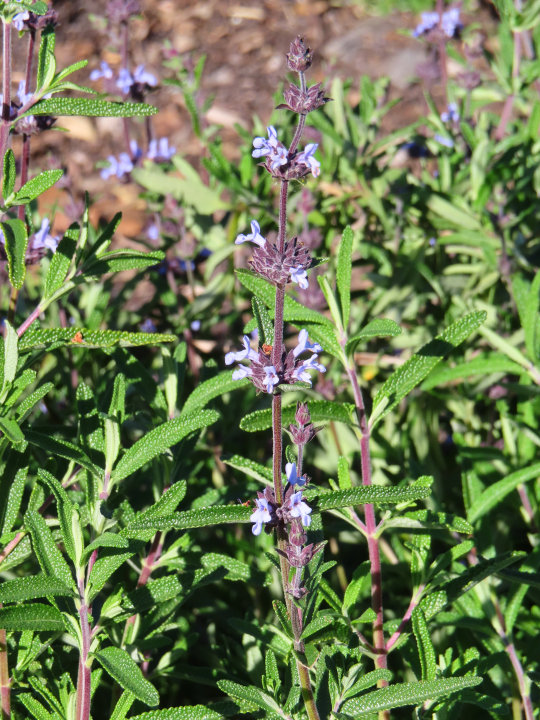
#photographers of tumblr#photographers on tumblr#lensblr#photography#original photographers#bay area#norcal#california#march#spring#island black sage#santa rosa island sage#flowers#nature#aesthetic
23 notes
·
View notes
Text

Celebración del día de finados
#carmen nuñez#woman photographer on tumblr#finados#Santa Lastenia#cementerio#cementery#santa cruz de tenerife#tenerife#canary islands#virgen de candelaria#roses#rosas#original work#original photography blog#photographer on tumblr
28 notes
·
View notes
Text
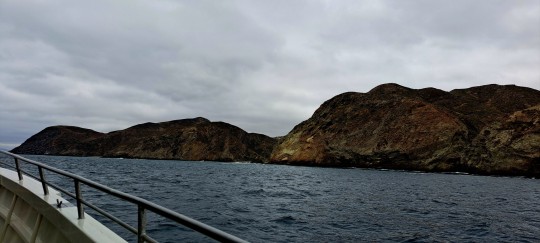
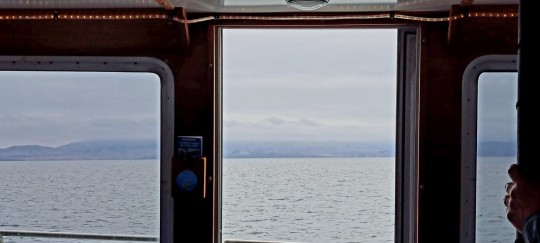
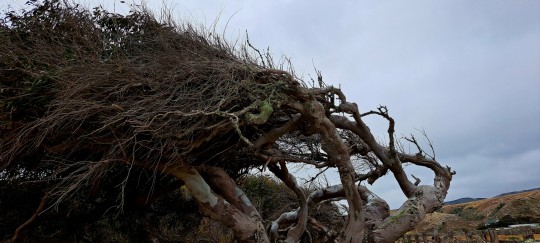
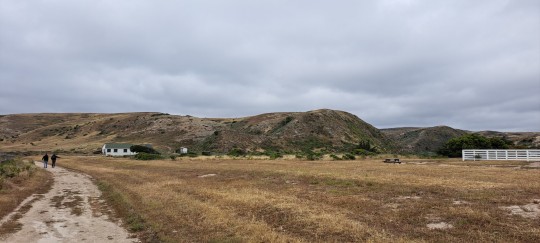

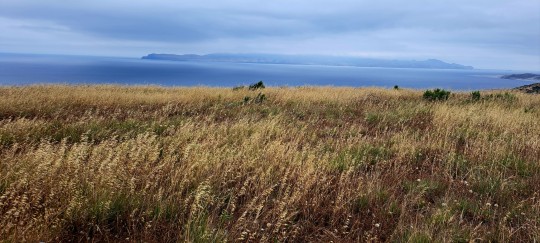




Santa Rosa Island and went around Santa Cruz to and fro
0 notes
Text
LOTD: Santa Rosa Island
(from: http://www.ibiblio.org/lighthouse/ca2.htm)
Santa Rosa Island South Point
Date unknown. Active; focal plane 530 ft (162 m); white flash every 6 s. Light mounted on a 1-story white equipment shelter. No photo available but Google has a satellite view. Santa Rosa is the second largest of the Channel Islands. Located on a ridge at the south point of the island. Site status unknown. Owner: U.S. Coast Guard. Site manager: U.S. National Park Service (Channel Islands National Park). Admiralty G3948; USCG 6-2755.
(sorry - no photo available)
0 notes
Text
Urocyon littoralis
Channel island foxes aren’t in the vulpes genus, which means they aren’t really foxes. They’re one of many “false foxes,” which includes the bat-eared fox, the crab-eating fox, and the grey fox. The channel island fox shares the urocyon (which essentially means “tail dog”) genus with the larger grey fox, which is its ancestor.
Grey foxes live on the mainland of the United States, while island foxes live exclusively on six of California’s eight Channel Islands: Santa Rosa, San Clemente, San Nicolas, San Miguel, Santa Catalina, and Santa Cruz. Because they can’t easily travel between islands, six subspecies of island fox have developed, each one exclusive to and named after each of those six islands.

Roughly the size of a house cat, the island fox is one of the smallest canines in the world but is, ironically, the largest native mammal of the Channel Islands. Having no natural predators (multiple subspecies were nearly hunted to extinction by the invasive golden eagle in the late 1900s to early 2000s. A successful conservation project later reestablished their population and removed golden eagles from the area.), they are extremely bold and show no fear around people, completely the opposite of their elusive larger ancestor.
Like the majority of fox species, island foxes are omnivores and will eat whatever is available. This includes fruit, fish, rodents, plants, and bird eggs, which, just like the grey fox, they can climb into trees to search for.

The social structure of the island fox is similar to that of many fox species. Pairs are generally monogamous, meaning they mate for life, and they share a small territory that oftentimes overlaps with their relatives’ territories.
I rate the island fox 20/10. Adorable



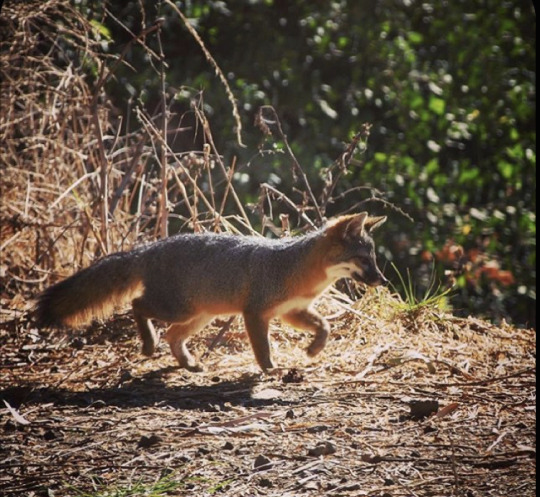
2K notes
·
View notes
Text
TOP 100 US RIOTED CITIES!
I'm sure if anything goes down from all the people who have crossed over our borders, the Military will have everything under control swiftly. You may want to avoid these cities if anything goes down, and for your safety, please stay away from the military if you see them. This list was pulled and organized from a NY Times recent article listing the top 100 prior-rioted cities, for quick reference. They are 👇
(THOSE WITH * ARE TOP 25 CITIES JUST ISSUED BY THE WHITE HOUSE ON 2/9/24):
Alabama
Huntsville
Mobile
Alaska
Arizona
* Phoenix
Arkansas
Bentonville
Conway
Little Rock
California
Beverly Hills
Fontana
La Mesa
* Los Angeles
* Oakland
Sacramento
* San Diego
* San Francisco
San Jose
San Luis Obispo
Santa Ana
Santa Rosa
Vallejo
Walnut Creek
Colorado
Colorado Springs
* Denver
Connecticut
Delaware
Florida
Fort Lauderdale
Jacksonville
Lakeland
* Miami
Orlando
West Palm Beach
Georgia
* Atlanta
Athens
Hawaii
Idaho
Illinois
Aurora
Bloomington
Rockford
Indiana
Fort Wayne
Hammond
Indianapolis
Lafayette
Iowa
Des Moines
Iowa City
Waterloo
Kansas
Wichita
Kentucky
Louisville
Louisiana
* New Orleans
Maine
Maryland
Massachusetts
* Boston
Michigan
* Detroit
Grand Rapids
Kalamazoo
Lansing
Minnesota
Duluth
Minneapolis
* St. Paul
Mississippi
Missouri
Ferguson
Kansas City
St. Louis
Montana
Nebraska
Lincoln
Omaha
Nevada
Las Vegas
Reno
New Hampshire
New Jersey
New Mexico
Albuquerque
New York
Albany
* Buffalo
* New York City
North Carolina
Ashville
Charlotte
Raleigh
Wilmington
North Dakota
Fargo
Ohio
Cincinnati
Cleveland
Columbus
Dayton
Springfield
Toledo
Oklahoma
Oklahoma City
Tulsa
Oregon
Eugene
Portland
Salem
Pennsylvania
Erie
* Philadelphia
Pittsburgh
Rhode Island
Providence
South Carolina
Charleston
Columbia
South Dakota
Sioux Falls
Tennessee
Chattanooga
Murfreesboro
Nashville
Texas
* Arlington
Austin
* Dallas
* El Paso
Fort Worth
* Houston
Lewisville
* San Antonio
Utah
* Salt Lake City
Vermont
Virginia
Fredericksburg
Richmond
Virginia Beach
Washington
Bellevue
* Seattle
Spokane
West Virginia
Wisconsin
Green Bay
Madison
Milwaukee
Wyoming
#pay attention#educate yourselves#educate yourself#knowledge is power#reeducate yourself#reeducate yourselves#think about it#think for yourselves#think for yourself#do your homework#do some research#do your own research#ask yourself questions#question everything#news
42 notes
·
View notes
Text
Rescue crews are still searching Lahaina, Hawaii, for survivors of the catastrophic wildfire that obliterated the town last week on the island of Maui. It’s the deadliest blaze in modern American history, with 99 people confirmed dead, surpassing the 85 that perished in 2018’s Camp Fire in Paradise, California. Crews have only searched a quarter of Lahaina, so the death toll is expected to rise higher still. At least 2,200 structures have been destroyed.
During the 19th century, it made a kind of terrible sense that blazes like the Great Chicago Fire of 1871 could burn swaths of a city almost totally unchecked. Fire and building codes were lacking. So were firefighting forces and robust water infrastructure. By the early 20th century, those things had been upgraded. Cities and towns were safer—for a while. But now expansive urban fires have returned, and they are burning with startling frequency and intensity.
“We thought urban fires had gone away, that San Francisco in 1906 was the last. And now they’ve come back,” says fire historian Stephen Pyne. “It’s like watching polio come back. We fixed this. But you have to maintain the hygiene—you have to keep up the vaccinations.”
And the Lahaina fire shows that they can burn in places where nobody expects a catastrophic wildfire: a modern town on a tropical island in the middle of the Pacific, whose ecosystems only rarely saw wildfire in prehistory.
It’s not the only recent example of fires ravaging surprising places. In 2021, a freak wildfire ignited in late December—way outside of typical fire season—in Boulder, Colorado, burning more than 1,000 buildings. In 2017, the Tubbs Fire ripped through Santa Rosa, California, and its surrounding communities, destroying 5,600 structures and killing 22 people. “Those aren’t fire areas—they’re just the burbs,” says Thomas Cova, who studies wildfire evacuations at the University of Utah. “They’re modern streets, modern sidewalks, manicured lawns. It’s really become, in this changing climate, much more difficult to map where fires are going to occur and what time of year and how bad they might burn.”
On Maui, as with wildfires all over the world, there isn’t just one factor contributing to the blaze. Overall, climate change is making wildfires worse: A warmer atmosphere can absorb more moisture from the landscape. Climate change is also making droughts more frequent, longer, and more severe, so there’s less moisture to wet the landscape in the first place.
Add high winds—gusts of up to 80 miles per hour drove the flames a mile a minute across Lahaina—and all it takes is a single spark to ignite a fast-moving blaze. “There’s no firefighting capabilities for structure-to-structure urban fire in winds like that,” says Cova. “Once one structure catches on fire, if the wind’s blowing like that, it becomes like a blowtorch against the neighboring home.”
These winds across Maui were dry as well, helping to suck the remaining moisture out of vegetation to turn it into fuel. That fuel seems to have been invasive grasses that European colonizers brought when they established plantations. When rains are plentiful, these plants grow like mad, then easily dry out once the rain stops.
“Those fire-prone invasive species fill in any gaps anywhere else—roadsides, in between communities, in between people’s homes, all over the place,” Elizabeth Pickett, co-executive director of the Hawaii Wildfire Management Organization, told WIRED last week. “At this point, 26 percent of our state is covered in these fire-prone grasses.”
Not only has much of Maui been in a drought, but it’s also at the height of its dry season, so these plants have turned to tinder. “Feral landscapes fuel fires,” says Pyne. “Hot, dry, and windy, with lots of fuel, is the formula for big fires. And that’s what you’ve got here.”
In Hawaii, as in places along the West Coast, more and more people have been moving into the danger zone: the wildland-urban interface, or WUI. This is where nature butts up against human settlements or even intermingles with them. That’s why Paradise burned so quickly and thoroughly, destroying 19,000 structures, as the fire sped through pine needles and other dry leaves piled up around town. In Maui, the invasive grass acts as an accelerant. “Virtually every community in Hawaii is on a wildland-urban interface,” Pickett continued. “So we’re just like a WUI state, because we have developments that are all adjacent to wildland areas or surrounded by wildland areas.”
We don’t have to discover the vaccine against wildfires in such an interface—it’s already known. Massive urban fires waned in the 20th century because of better building codes, and infrastructure is still important today. When high winds kick up, they jostle power lines and can spark fires. Electrical equipment malfunctions were the confirmed causes of the Camp and Tubbs fires, among other recent blazes. While officials are still investigating what ignited the wildfire that consumed Lahaina, there’s speculation that it was also electrical wires. While it’s expensive to bury power lines, such an investment could go a long way toward saving structures and human lives.
And in the modern day, another big factor is managing potential fuels: In places like California, that means clearing dead brush. In Hawaii, it’s those invasive grasses. Because humans are such an unpredictable X factor in sparking fires—with a wayward firework or cigarette—it’s paramount that when people make mistakes, there’s less fuel to burn.
Protecting cities from supercharged wildfires also requires fundamental social shifts. If a tropical town like Lahaina can burn, which other cities are also at risk—and totally unready for it? “Normally we think of preparing for events that are within an envelope of historical, prior events,” says Cova. “This is unprecedented for Lahaina. And so how do you even begin to talk about preparing for things that no one's ever seen, including the people that manage fires?”
One of the greatest risks of urban wildfires is that residents can get caught between fast-moving fires and the limitations of city infrastructure, like narrow, winding roads or a lack of evacuation routes. People died in their cars trying to get out of Paradise, and it appears the same happened in Lahaina. “We’ve known for a long time—even in hurricanes where you have way-advance warning—that evacuating cars sometimes is essential, but it’s really problematic, because you get congestion right away,” says Ann Bostrom, a risk communication researcher at the University of Washington. “Any city where you have a wildland-urban interface, and then you have any kind of complicated transportation, where you don’t have free egress, that’s problematic.”
Protecting other cities from Lahaina’s fate will require fighting a battle on multiple fronts: managing fuels to re-tame the feral landscape, minimizing ignitions with better electrical infrastructure, and rigorously communicating evacuation plans. “This is the kind of society we’ve created,” says Pyne. “And these are the kinds of fires that society will have to deal with.”
71 notes
·
View notes
Text
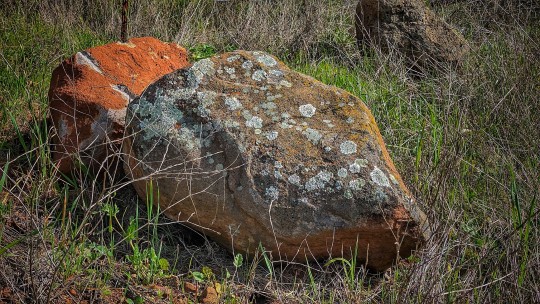
"I am a rock, I am an island..." S&G
Somewhere in the Santa Rosa Plateau Ecological Preserve. (FF)
29 notes
·
View notes
Photo
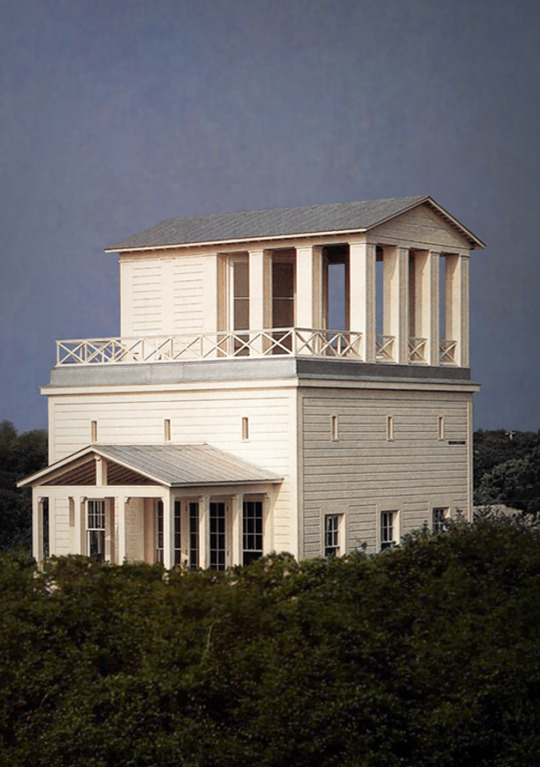


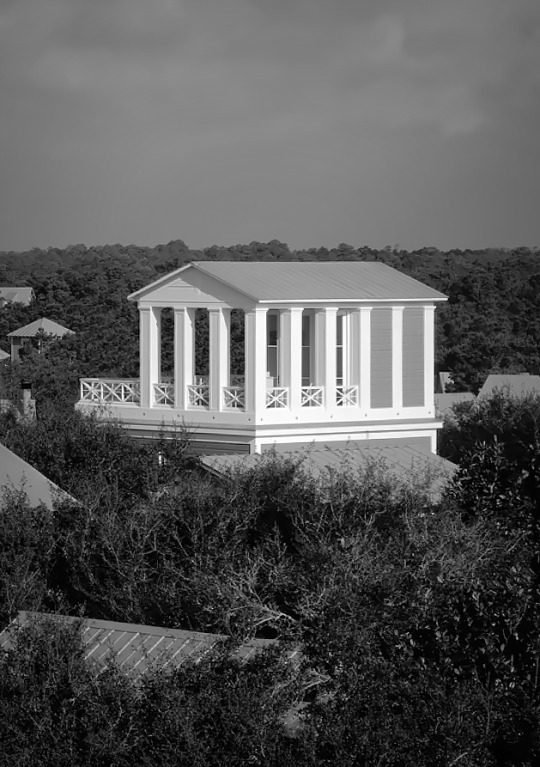
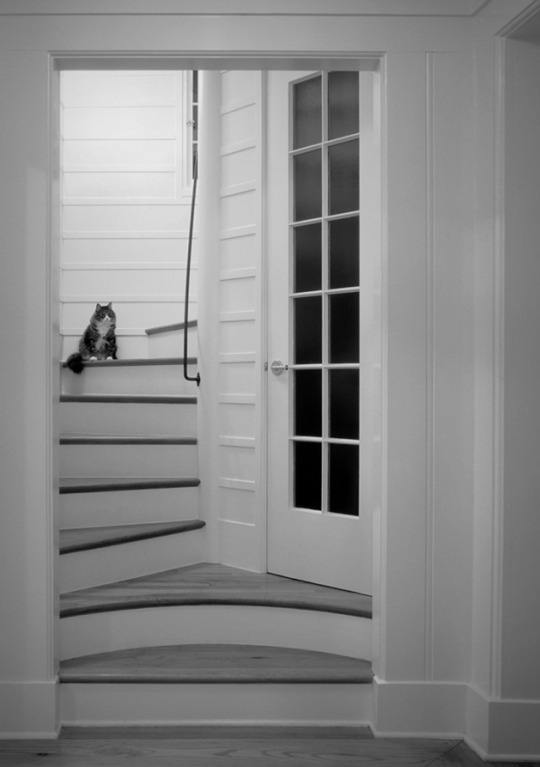

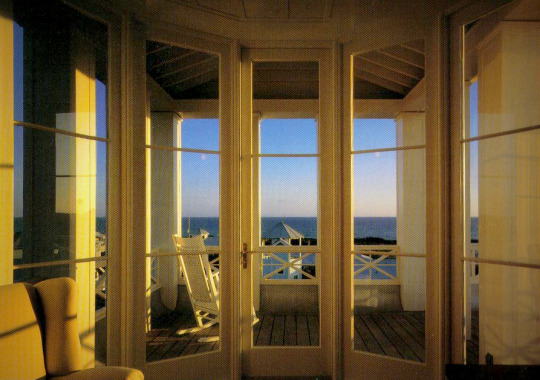
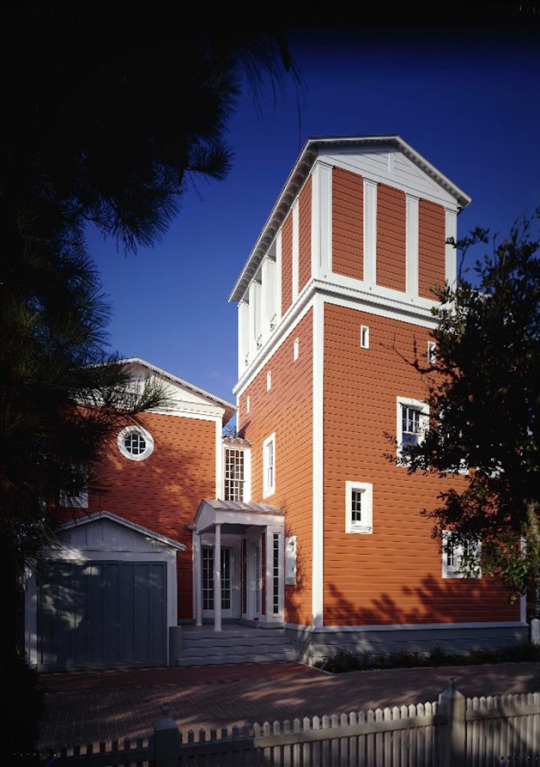
1018. Léon Krier /// Krier House /// Santa Rosa Beach, Seaside, Florida, USA /// 1985-87
OfHouses presents: Readings, part II - Charlotte Von Moos, ‘In Miami in the 1980s: The Vanishing Architecture of a Paradise Lost’.
(Photo: © Casey Sills, Dr. Laurie & Joseph Braga, Steven Brooke. Source: Léon Krier, ‘The Architecture of Community’, Washington: Island Press, 2009.)
131 notes
·
View notes
Photo
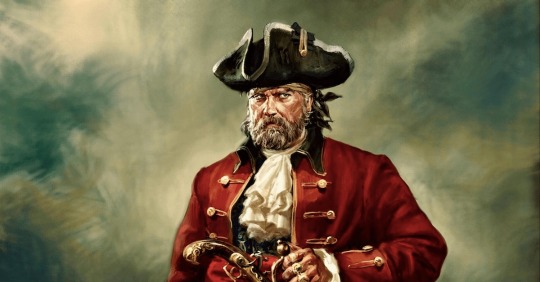
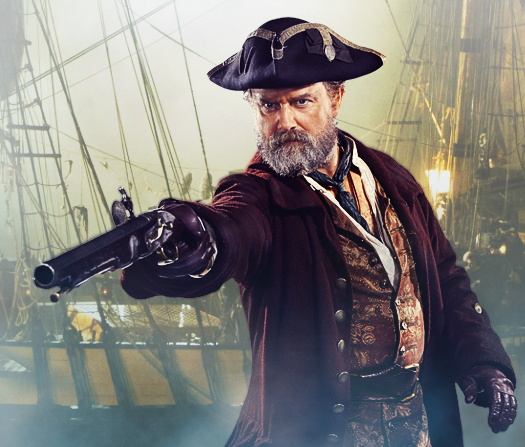




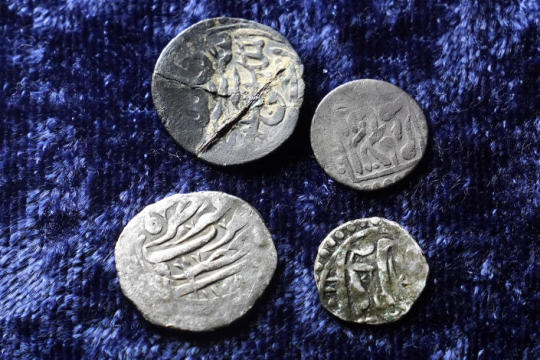


Murderous 1600s Pirate Henry Every Hid Out in US Colonies
One tarnished silver coin at a time, the ground is yielding new evidence that in the late 1600s, one of the world's most ruthless pirates wandered the American colonies with impunity.
Newly surfaced documents also strengthen the case that English buccaneer Henry Every — the target of the first worldwide manhunt — hid out in New England before sailing for Ireland and vanishing into the wind.
“At this point, the amount of evidence is overwhelming and indisputable,” historian and metal detectorist Jim Bailey, who's devoted years to solving the mystery, told The Associated Press. “Every was undoubtedly on the run in the colonies.”
In 2014, after unearthing an unusual coin engraved with an Arabic inscription at a pick-your-own-fruit orchard in Middletown, Rhode Island, Bailey began retracing Every’s steps.
Research confirmed that the exotic coin was minted in 1693 in Yemen. Bailey then discovered that it was consistent with millions of dollars’ worth of coins and other valuables seized by Every and his men in their brazen Sept. 7, 1695, sacking of the Ganj-i-Sawai, an armed royal vessel owned by Indian emperor Aurangzeb.
Historical accounts say Every's band tortured and killed passengers aboard the Indian ship and raped many of the women before escaping to the Bahamas, a haven for pirates. But word quickly spread of their crimes, and English King William III — under enormous pressure from a scandalized India and the influential East India Company trading giant — put a large bounty on their heads.
Detectorists and archaeologists have since located 26 similar coins stretching from Maine to the Carolinas. All but three coins turned up in New England, and none can be dated later than when the Indian ship was captured.
“When I first heard about it, I thought, ‘Wait a minute, this can’t be true,’” said Steve Album, a rare coin specialist based in Santa Rosa, California, who helped identify all of the silver Arabic coins found in New England.
“But these coins have been found legitimately and in a few instances archaeologically, and every single one predates the sacking of the ship," said Album, who has lived in Iran and has traveled widely in the Middle East.
Detectorists have also unearthed a gold nugget weighing 3 grams (a tenth of an ounce) — slightly heavier than a U.S. penny — from a potato field perched on a hilltop in seaside Little Compton, Rhode Island.
There’s no documented evidence that naturally occurring gold has ever been found in the state. Bailey and other experts believe that the nugget likely originated somewhere along Africa's Gold Coast, a center for the slave trade in the late 17th and early 18th centuries. Adding to the intrigue, two silver Arabic coins were recovered not far from the nugget, and Every is known to have seized a considerable amount of gold while sailing off the coast of West Africa.
The latest evidence putting Every on American soil isn't just metallic — it includes paper and pixels.
Bailey had already found records showing that the Sea Flower, a ship used by Every and his men after they ditched the vessel they'd used in their murderous raid, arrived in 1696 in Newport, Rhode Island. He's since surfaced documents that show that the pirate captain was accompanied by three Rhode Islanders he took aboard from another pirate vessel when he fled India. All three came ashore with Every in the Bahamas on March 30, 1696, and Bailey said that they essentially served as getaway drivers in exchange for plunder.
Captured pirates William Phillips and Edward Savill testified on Aug. 27, 1696, that one of two ships that left the Bahamas went to Virginia and New England before reaching Ireland. Critically, Bailey said, the records clarify a muddy timeline that long has been misinterpreted by historians to suggest Every lingered two months on the Caribbean island — something he'd never have done as a fugitive.
“There's no way he stayed in the Bahamas to sit on the beach and work on his tan while waiting to be captured,” Bailey said. “Indeed, Every was in New England for over a month weighing his options for starting his life anew in the colonies or going back home to England.”
Every’s exploits have inspired Steven Johnson's book “Enemy of All Mankind,” and the final installment of PlayStation’s popular “Uncharted” video game franchise. Earlier this year, Sony Pictures released a movie adaptation starring Tom Holland, Mark Wahlberg and Antonio Banderas.
Bailey’s next challenge: figuring out what happened to Every after the trail ran cold following his arrival in Ireland on June 20, 1696. It's the mystery's elusive final chapter — one he hopes to detail in a forthcoming book about the cold case.
“We’re chasing down the lost history behind one of the greatest crimes of the 17th century,” he said.
By William J. Koal.
#Murderous 1600s Pirate Henry Every Hid Out in US Colonies#english buccaneer#pirate#treasure#gold#silver#mystery#unsolved mysteries#metal detector#metal detecting finds#coins#ancient artifacts#history#history news#ancient history
22 notes
·
View notes
Text
Nothing but a sky
A touch through glass through time the beach pieces you sent me smooth as skin the music scores stockings books books most of all with my name inscribed inside your books ohara's lunch poems, my love what have I done. Your voice your voice to this day no one ever said my name like you did, my love my love I hate myself in this hour, I dreamt you let me reconcile, just a glance in a dream, tears melted my face, you were ten feet tall I just keep climbing your branches. My darling, mon feu. All those limbs are gone to dumpster fires and motels in ft smith arkansas, santa rosa nm, barstow ca where I left them I left them there I didn't look back when I should've I should've let myself be a pillar for you, like you would've done, like you did. I feel so very lost and trapped, I see you on your island, in your sea which I know I can never swim to. You look happy you might have figured it out, I didn't forget I was ashamed I loved you I still love you but the shame is a sorrow does it ever end can it be a door that shuts or does it always swing back and forth this way. To this day I dream of you when I hear mahler, and not much else. You beauty you sweetheart you goddess, can I just turn a little, so we both know we know we know it was real when I see you your face in the mirror right behind me I get so terribly sad that I can't bring any of it back, all those brilliant pieces, the way you burned, that this can't ever be a poem for you, because I never wrote it.
14 notes
·
View notes
Photo

#photographers of tumblr#photographers on tumblr#lensblr#photography#bay area#norcal#california#original photographers#march#spring equinox#spring#flowers#blossoms#santa rosa island sage#island black sage#purple#nature#aesthetic
15 notes
·
View notes
Photo
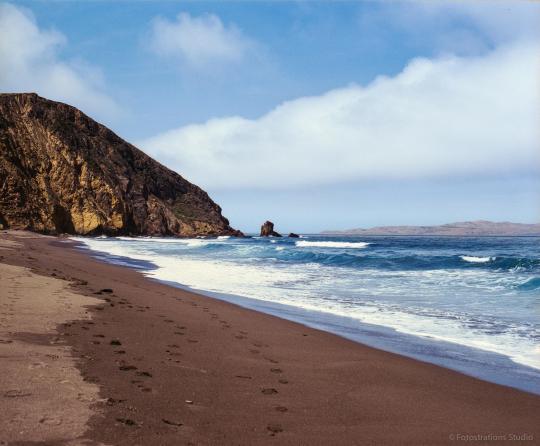
Christy Beach with Santa Rosa Island in the distant, west end of Santa Cruz Island ~ Channel Islands National Park [1800x1500] [OC]
6 notes
·
View notes
Text
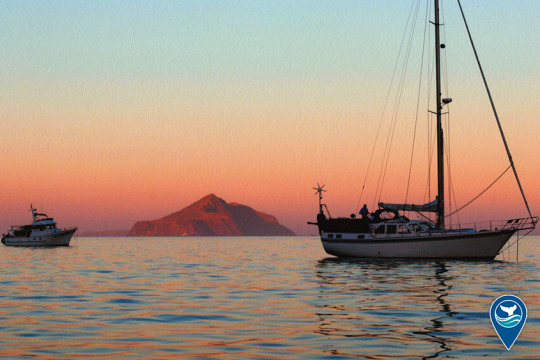
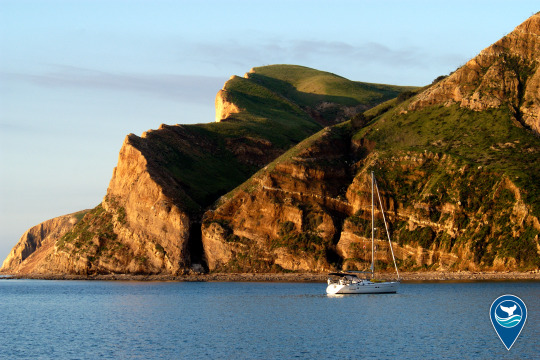
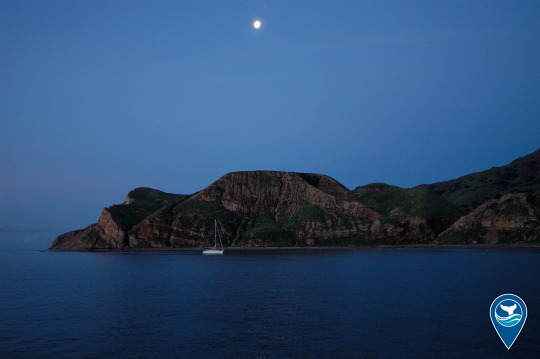

Sail through the breathtaking scenery of the Channel Islands ⛵️
Close to the California mainland, yet worlds apart, NOAA Channel Islands National Marine Sanctuary and Channel Islands National Park encompass the ocean environment and five of the eight California Channel Islands (Anacapa, Santa Cruz, Santa Rosa, San Miguel, and Santa Barbara). The islands' remote, isolated position at the confluence of two major ocean currents creates remarkable biodiversity. The Channel Islands offer adventure and breathtaking scenery just 100 miles from Los Angeles.
Get Into Your Sanctuary this summer:
Responsibly Boating Tips:
Other Things to Do in Channel Islands National Marine Sanctuary:
35 notes
·
View notes